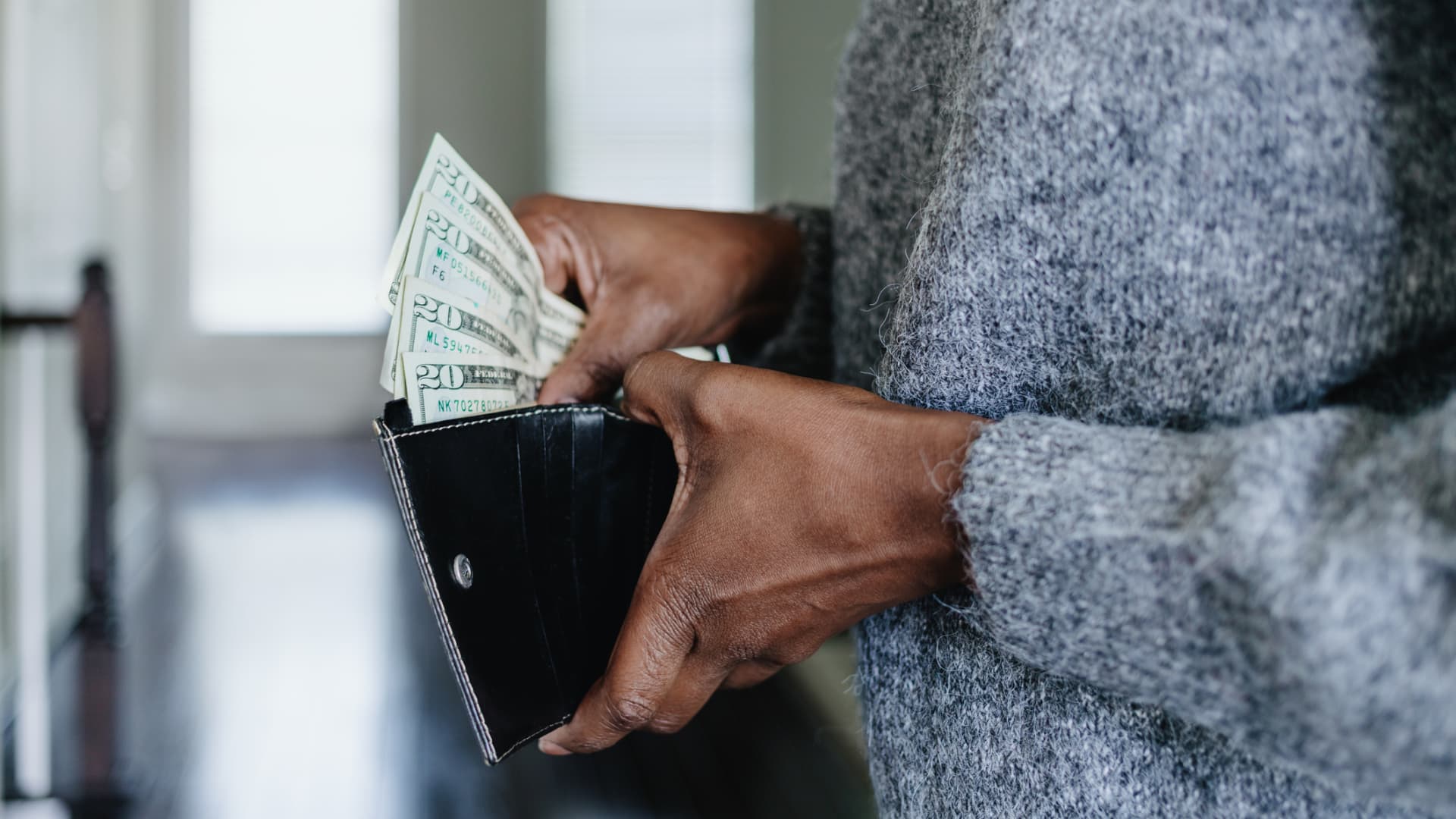The Surgeon General of the United States, Dr. Vivek Murthy, announced on Monday that he would push for a warning label on social media platforms warning parents that using the platforms could harm the mental health of young people.
Warnings – like those displayed on tobacco and alcohol products – are one of the most effective tools available to the country’s top health official, but Dr. Murthy cannot demand it unilaterally; The action requires congressional approval. No such law has yet been passed in either chamber.
A warning would send a strong message to parents “that social media has not been proven to be safe,” Dr. Murthy in an essay published in the opinion section of The New York Times on Monday.
In his essay, he described the impact of social media on children and young people as a public health risk on a par with traffic deaths or contaminated food.
“Why have we failed to respond to the harms of social media when they are no less urgent and widespread than the harm caused by unsafe cars, planes or food?” Dr. Murthy wrote. “These damages are not a failure of willpower and upbringing; They are the result of the release of powerful technology without adequate security measures, transparency or accountability.”
Dr. Murthy pointed to research that showed teens who spent more than three hours a day on social media were at significantly higher risk of mental health problems, and that 46 percent of teens said social media made them feel worse about their body.
According to a Gallup survey of more than 1,500 teens released last fall, U.S. teens spend an average of 4.8 hours per day on social media platforms such as YouTube, TikTok and Instagram.
In an interview last month, Dr. Murthy said he had repeatedly heard from young people who “can’t leave the platforms” and often found that hours had gone by when all they wanted to do was check their feeds.
“The platforms are designed to maximize the time we all spend on them,” he said. “It’s one thing to do that to an adult and another thing to do it to a child whose impulse control is still developing and whose brain is in a sensitive period of development.”
Previous warnings had a significant impact on behavior. In 1965, following a groundbreaking report from the Surgeon General, Congress voted to require all packs of cigarettes sold in the United States to carry a warning that use of the product “may be harmful.”
That was the start of a 50-year decline in smoking. When the warnings emerged, about 42 percent of U.S. adults were daily smokers; by 2021, this share had fallen to 11.5 percent.
There is heated debate among researchers about whether social media is responsible for the mental health crisis among children and adolescents. In his new book “The Anxious Generation,” social psychologist Jonathan Haidt points to the release of the Apple iPhone in 2007 as a turning point that sparked a sharp rise in suicidal behavior and reports of despair.
Other experts say that while the rise of social media has been accompanied by a decline in well-being, there is no evidence that one has caused the other, pointing instead to factors such as economic hardship, social isolation, racism, shootings in the School and the opioid crisis.
Dr. Murthy has long indicated that he sees social media as a health risk. In May 2023, he issued a warning on the subject, warning that “there is ample evidence that social media may also pose significant risks to the mental health and well-being of children and young people.”
In this statement, Dr. Murthy admitted that the impact of social media on youth mental health is not fully understood. Research suggests that the platforms pose both risks and benefits, providing a community for young people who might otherwise feel excluded.
Still, parents were urged to immediately begin limiting their children’s social media use and keeping mealtimes device-free.
With his demand for a warning sign, Dr. Murthy the tone of urgency.
“One of the most important lessons I learned in medical school was that in an emergency you don’t have the luxury of waiting for perfect information,” he wrote. “You evaluate the available facts, use your best judgment and act quickly.”
He recalled the words of a tearful mother whose child died by suicide after being bullied online and compared the current moment to landmark health campaigns of the past.
“There is no seatbelt for parents to click on, no helmet to click into place, no guarantee that trusted experts have examined and ensured that these platforms are safe for children,” he wrote. “It’s just parents and their kids trying to figure it out for themselves, competing against some of the best product engineers and best-resourced companies in the world.”
Source link
2024-06-17 10:47:28
www.nytimes.com














